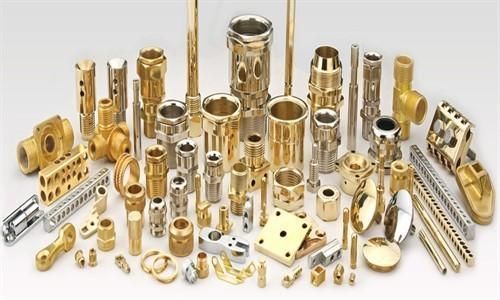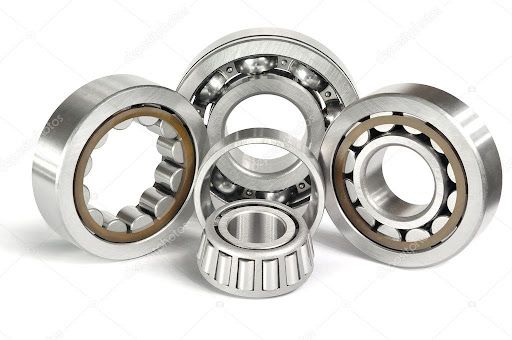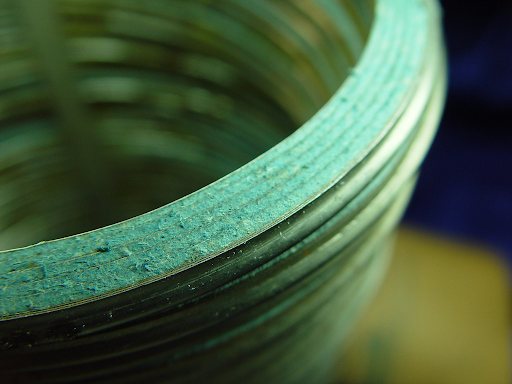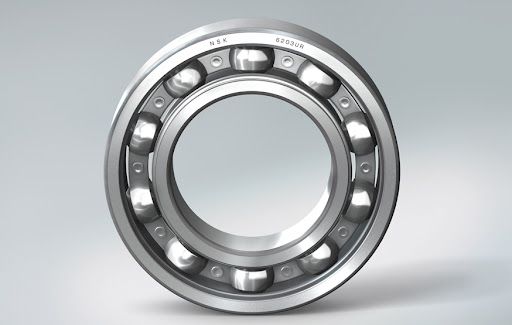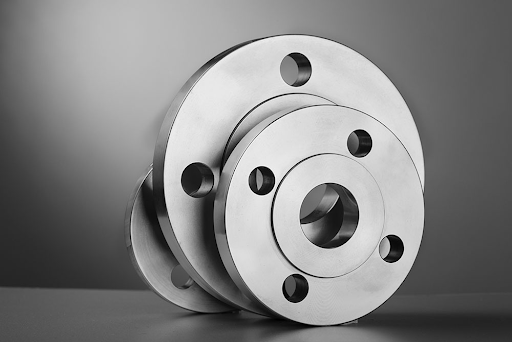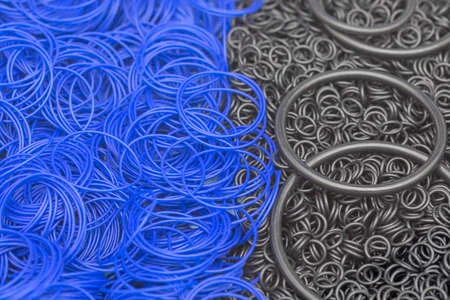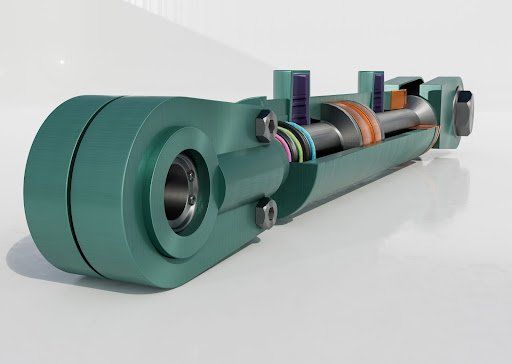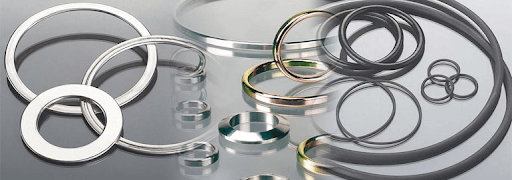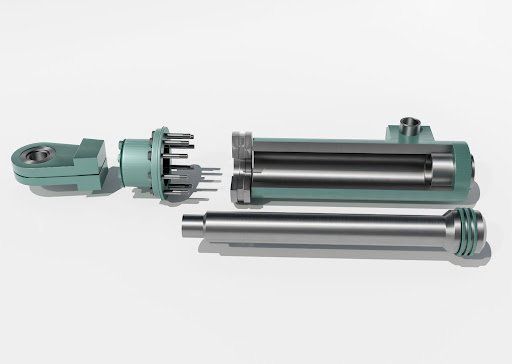Common Problems With Steam Hoses
Common Problems With Steam Hoses
Industrial rubber steam hoses play a vital role in businesses that use steam or very hot water in their processes. Steam is exceptionally dangerous and costly to work with so it's important to pay attention to the way in which your hoses are installed, the condition of the fittings, as well as their daily use and wear. To help extend the life of your steam hoses, we've outlined two of the more common problems that can occur and how to avoid them.
Internal 'Popcorning'
IndWhile the hose is in use, the pores of the inner wall will often absorb water vapour. Afterwards, when the hose cools down, the water vapour condenses into water and remains trapped in the hose. The next time the hose is used, the trapped water is heated very quickly and expands considerably, creating air bubbles or protruding 'blisters' on the inner wall. The result looks a lot like the hose is full of popcorn, which is why this problem is commonly called 'popcorning'.
IndThe danger with a 'popcorned' hose is that it can become blocked, contaminating the steam with pieces of rubber and even bursting from the built-up pressure. One way to avoid this problem is to 'drain after use', a process of blowing the hose dry, but this method is time-consuming and very rarely used. An easier and far more effective method is to use a special brand of steam hose that comes with a seamless, extruded inner wall. The wall is made of superior, compound rubber that is gas-tight and cannot be penetrated by water vapour, avoiding the risk of 'popcorning' completely.
Rusted Steel Inlays
As standard practice, steam hoses are always fitted with steel inlays. With the inner wall of most hoses being porous, steam will find its way out and eventually come into contact with the steel inlays, causing the process of corrosion to begin. Like 'popcorning', the corrosion happens beneath the surface making it difficult to spot. The danger is that the inlays are slowly weakened until they crack, allowing hot steam to escape without any warning.
The only way to avoid this potentially lethal situation is to ensure that the hoses you use have galvanised steel inserts. Galvanised steel is resistant to rust, ensuring the safety of the user as well as extending the life of the hose considerably.
If you have any questions about steam hoses, safety procedures, or the right products for your application, don't hesitate to contact us . We have a team of specialists on call at Bearing Centre that can provide you with all the information you will need and advise you on the best solution.
We combine our years of expertise with exceptional customer service and the highest quality products. All this assures you of the best experience from start to finish.
Bearing Centre, Blantyre, Southern Region, Malawi, Africa - 312200
Website by Visionar
Subscribe to our newsletter
We will get back to you as soon as possible
Please try again later

